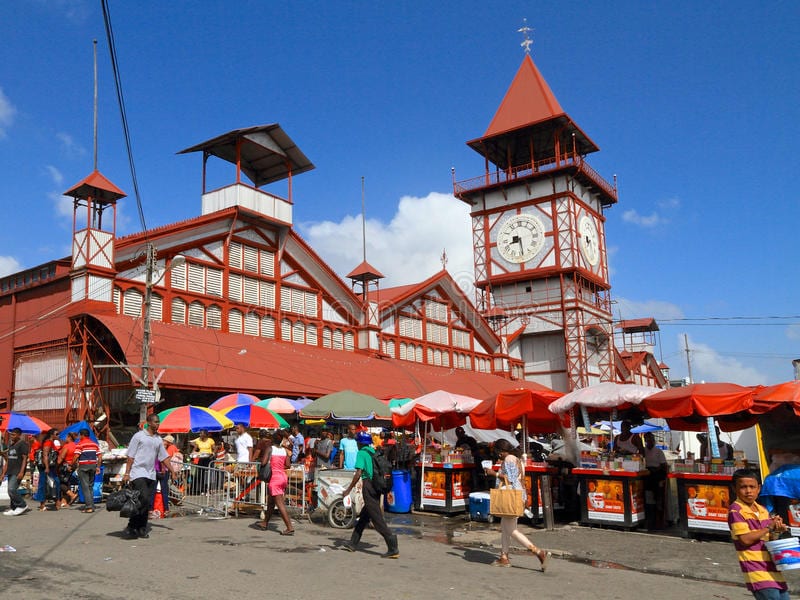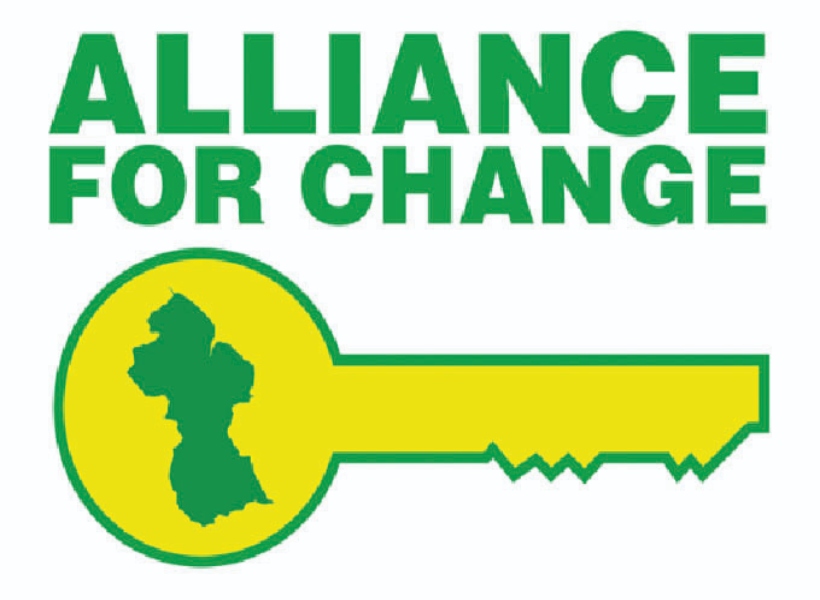As the global health community continues to grapple with the spread of Mpox, previously known as monkeypox, the Government of Guyana has rolled out updated guidelines aimed at healthcare professionals to prevent and manage the viral infection.
This move comes as part of the National Guidelines for the Prevention and Management of Mpox 2024, targeting clinicians, port health officers, nurses, and other healthcare workers.
Mpox, a viral zoonotic infection, is caused by the monkeypox virus and presents with a rash similar to that of smallpox. The virus belongs to the orthopoxvirus genus, sharing its family with the variola virus (which causes smallpox) and the vaccinia virus (used in the smallpox vaccine). The current outbreak has seen the predominance of Clade I(b), known for its increased virulence and transmissibility, with cases now reported outside the African continent, including in countries like Sweden, Pakistan, the Philippines, and Argentina.
Transmission and Clinical Features
Mpox can be transmitted through direct or indirect contact with infected individuals or animals and contaminated materials, including vertical transmission and respiratory secretions. The incubation period typically ranges from 5 to 13 days but can extend from 4 to 21 days. Notably, during the 2022 outbreak, incubation often fell between 7 and 10 days.
The infection manifests through systemic symptoms such as fever, chills, and muscle aches, accompanied by a distinctive rash. This rash progresses through several stages, beginning with macules that evolve into papules, vesicles, and pseudo-pustules.
The lesions can be painful, and in their later stages, as they crust over, they may become itchy. While the rash traditionally follows systemic symptoms, recent outbreaks have seen cases where patients only presented with lesions, notably in the genital, anal, or oral regions, without the accompanying systemic illness.
Diagnosis, Surveillance, and Isolation
Diagnosis of mpox in Guyana is confirmed through RT-PCR testing at the National Public Health Reference Laboratory (NPHRL) in Georgetown. Health professionals are advised to collect samples from skin lesions, including swabs of the lesion surface or exudate and crusts. Due to the infectious nature of the virus, it is crucial to transport samples to the NPHRL within 24 hours. If this is not possible, samples must be refrigerated to maintain their integrity for up to six days.
Immediate isolation of suspected, probable, or confirmed mpox cases is mandatory to prevent further transmission. Infected individuals should be housed in controlled environments with restricted access, remaining isolated until lesions have crusted over and fallen off, a process that typically takes two to four weeks.
Preventive Measures
Healthcare professionals handling mpox cases are required to follow strict infection prevention protocols, including the use of personal protective equipment (PPE) such as gowns, gloves, eye protection, and N95 masks. Disinfection with standard agents like chlorine bleach and alcohol is also recommended.
Management of mpox is primarily supportive, focusing on alleviating symptoms. Most patients recover without the need for medical intervention, but some may require pain relief or treatment for secondary infections. The use of antiviral therapies is restricted and should be considered only after specialist consultation.
With these guidelines, the Guyanese government seeks to strengthen the country’s response to the mpox outbreak, ensuring the safety and well-being of both healthcare workers and the general public.
By adhering to these protocols, healthcare professionals play a crucial role in managing and curbing the spread of this viral infection, reinforcing the nation’s public health defenses.











